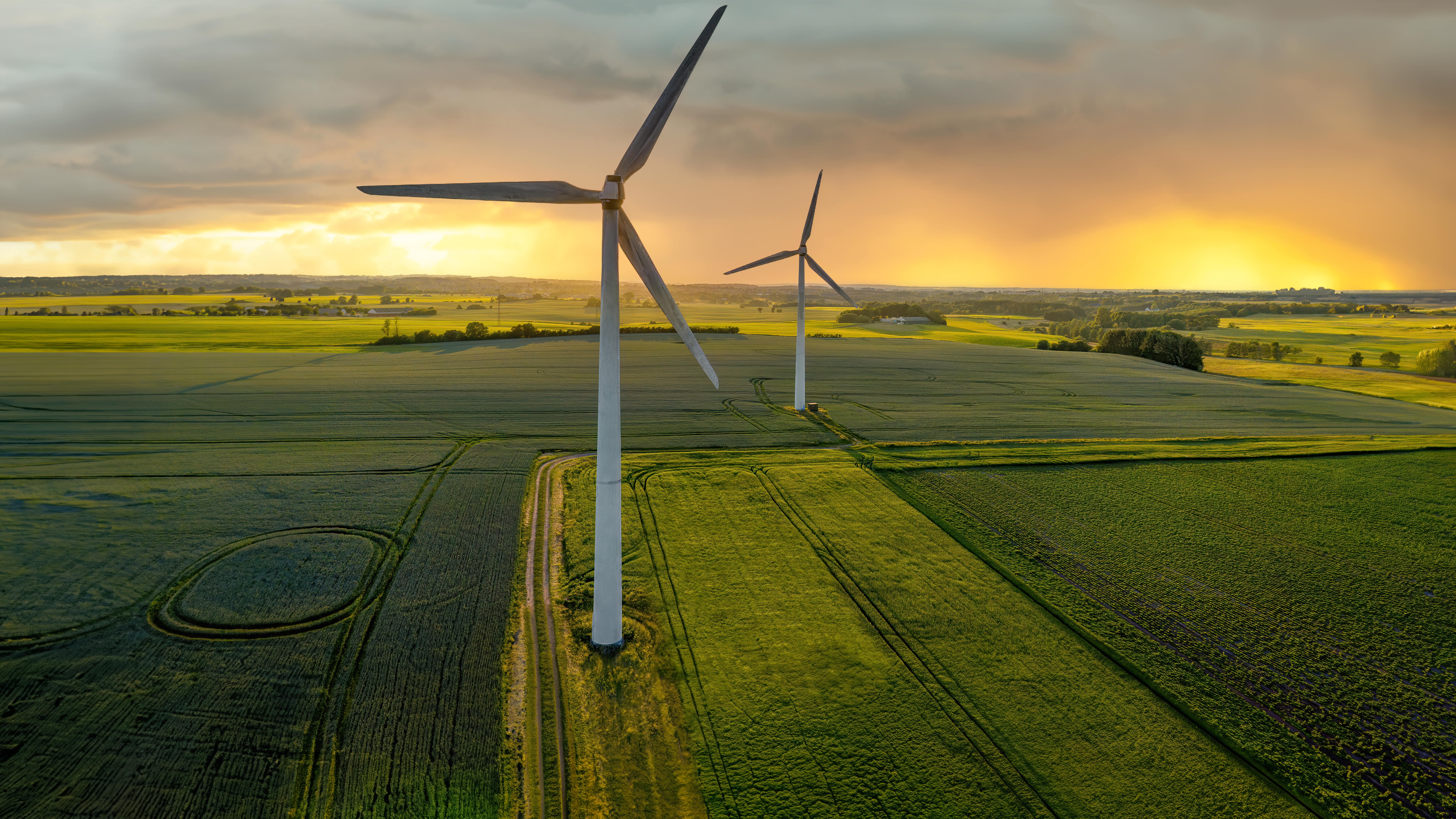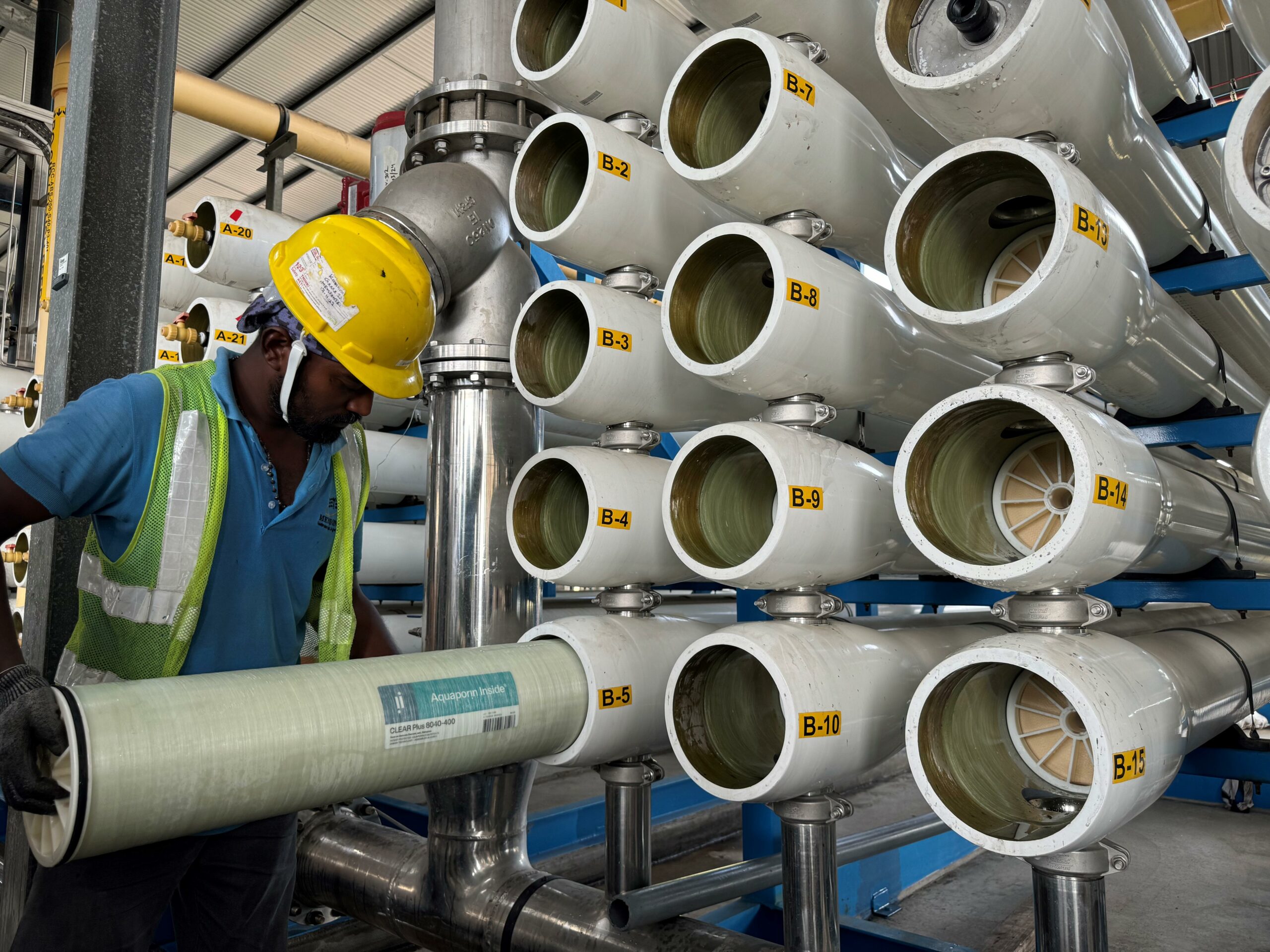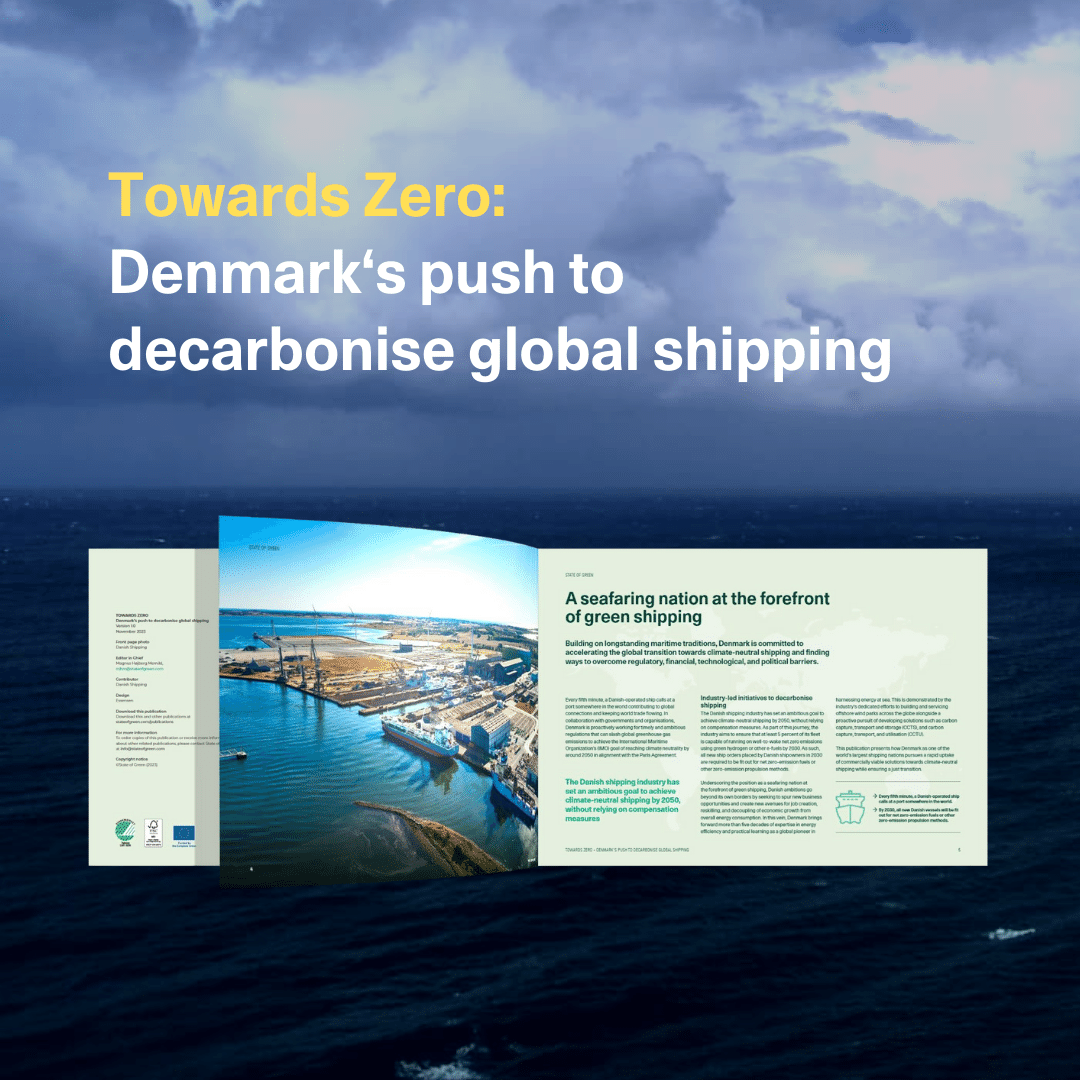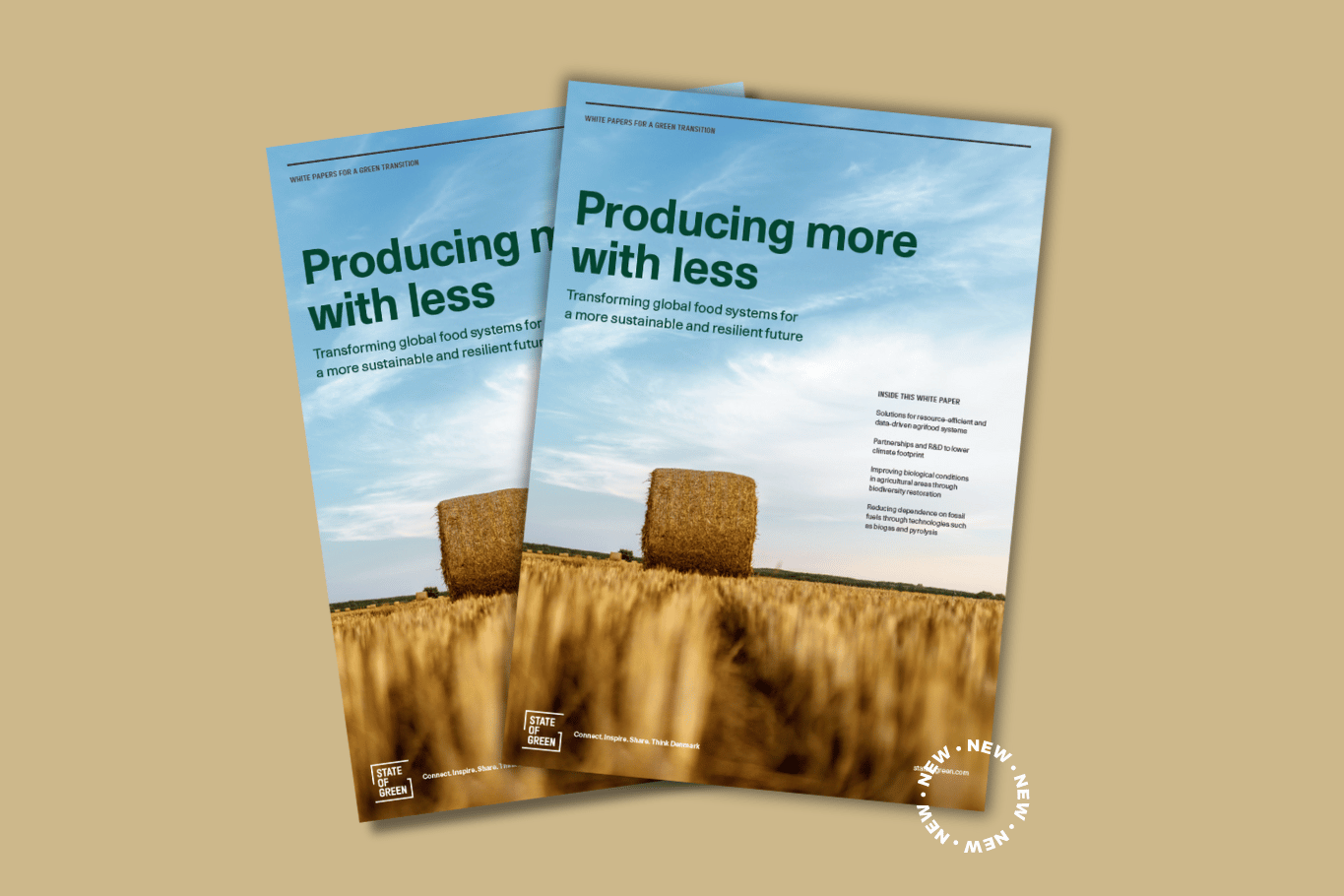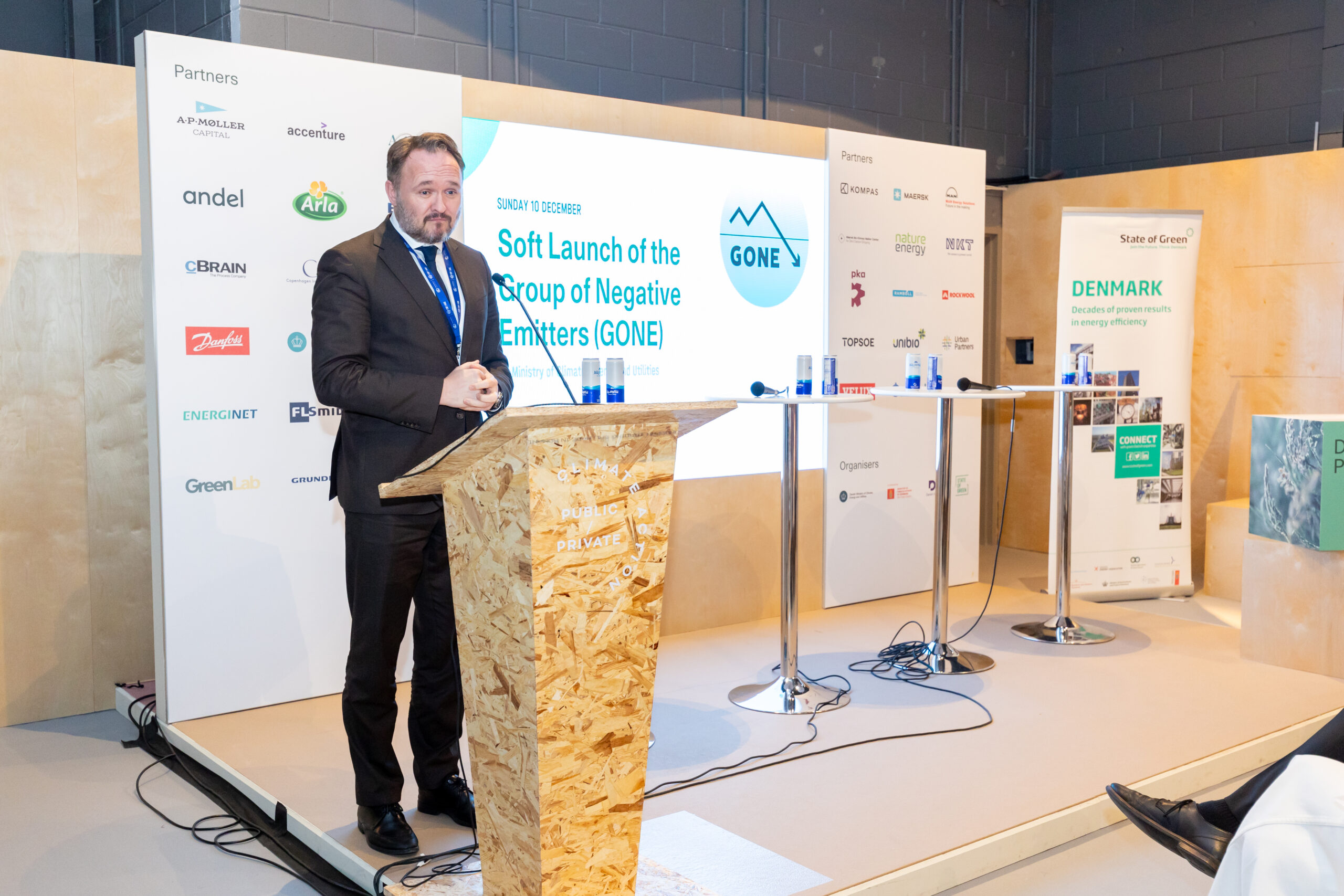Denmark is on the right track to reach its 2025 climate goal, while also being closer to reaching its 2030 targets.
This is concluded in the latest Climate Status and Projection (KF) for 2024, the annual Danish estimation of how CO2e emissions will develop towards 2035 based on existing agreements and initiatives. According to the projection, Denmark is expected to reduce its emissions by approximately 68 percent by 2030 compared to 1990 levels. In comparison, the Climate Law Agreement of 2019 anticipated a reduction of 45 percent of emissions by 2030 compared to 1990 levels.
Additionally, the projection shows that the 2025 target of reaching a 50-54 percent reduction of emission is expected to be met with a reduction of approximately 55.5 percent.
Related news: Another record-breaking year for solar and wind power in Denmark
“With the new climate projection, we expect to meet the 2025 target. At the same time, we are well on our way towards the 2030 target. The CO2 reductions are the result of ambitious agreements and a broad political responsibility for climate action together with ongoing better knowledge of the emissions. We must not take our foot off the accelerator, because we are neither at the finish line nor sure that there won’t be a detour or two along the way,”
says Lars Aagard, Minister for Climate, Energy and Utilities.
In particular, the green transition of the energy sector, will drive the reduction of CO2e emissions across other sectors towards 2030. Electricity and district heating are to become greener, and with the phase-out of the remaining coal power plants, a 100 percent renewable energy share is estimated by 2029. Similarly, the ongoing reduction of Danish gas consumption combined with increased biogas production will lead to an estimated 100 percent green gas supply from 2029. This development supports the electrification of the Danish society with increased incentives for electric cars and trucks, heat pumps, and electric-based solutions within the business sector as well as the transportation sector.
The reduction in the shortfall from last year to this year is due, in part, to a new model for calculating how much CO2e forest trees absorb as well as new knowledge about emissions from low-lying soils. In addition, more electric cars and trucks are being sold than previously estimated within the transportation sector.
